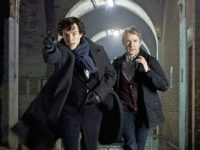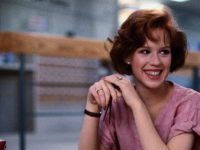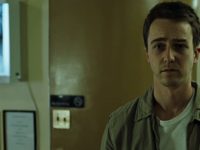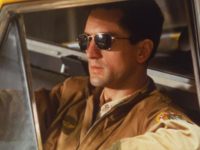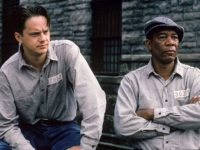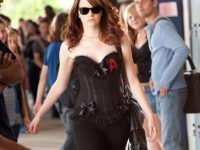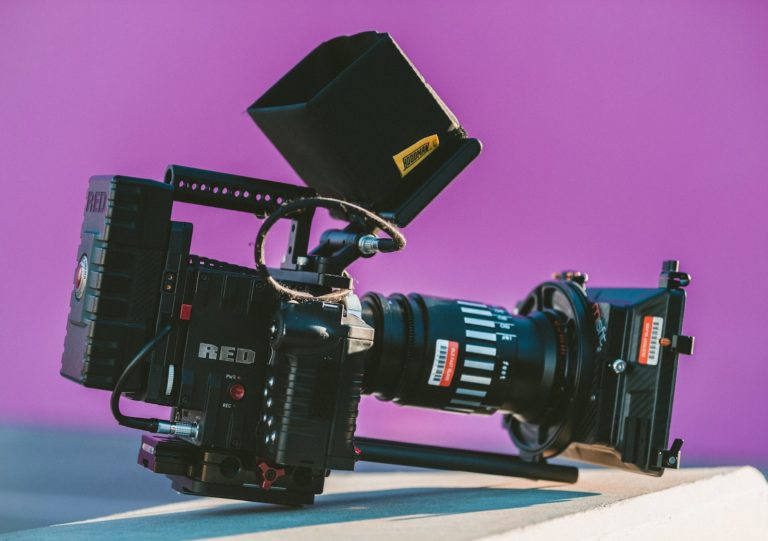Cinematography, the art and technique of capturing motion pictures on film or digitally, has undergone significant changes in Hollywood over the past few decades. These changes have been driven by technological advances, changes in audience expectations, and shifts in the film industry itself. In this article, we will explore how cinematography has evolved in Hollywood and how these changes have impacted the look and feel of films.
One of the most significant changes in cinematography over the past few decades has been the transition from film to digital. Prior to the 21st century, most films were shot on 35mm or 16mm film, which required the use of physical cameras and film stock. However, with the advent of digital cameras and editing software, many films are now shot and edited entirely digitally. This transition has had a number of impacts on cinematography.
One major benefit of digital cinematography is that it is much cheaper and easier than shooting on film. Digital cameras and editing software are significantly cheaper than film cameras and film stock, which means that filmmakers can save money on production costs. Additionally, digital cameras are much smaller and lighter than film cameras, which makes them easier to use on location. This has allowed filmmakers to capture more dynamic and mobile shots, as they are not limited by the size and weight of the camera.
Another advantage of digital cinematography is that it offers a higher degree of control and flexibility in post-production. With film, filmmakers are limited by the physical film stock and must carefully plan out each shot in advance. In contrast, digital cameras allow filmmakers to capture a large number of takes and choose the best one in post-production. This has given filmmakers greater creative freedom and allowed them to experiment with different shots and camera angles.
However, the transition from film to digital has not been without its challenges. Some filmmakers and cinematographers have argued that digital cameras lack the warmth and texture of film stock, and that the images they produce can look artificial or “sterile.” Additionally, the abundance of cheap digital cameras and editing software has led to a proliferation of low-quality films, as anyone can now make a movie with minimal resources.
Despite these challenges, digital cinematography has become the norm in Hollywood, and most major studios and production companies now shoot and edit their films digitally. However, some filmmakers have continued to shoot on film, either out of a preference for the aesthetic qualities of film or as a way to distinguish their work from the mass of digital productions.
Another significant change in cinematography over the past few decades has been the increasing use of computer-generated imagery (CGI) and special effects. In the past, special effects were achieved through practical means, such as miniatures, matte paintings, and physical costumes and makeup. However, with the advent of computer-generated imagery, filmmakers can now create virtually any visual effect they can imagine.
CGI has had a major impact on cinematography, as it has allowed filmmakers to create elaborate and realistic visual worlds that would have been impossible to achieve through practical means. This has allowed for the creation of epic, blockbuster films with massive scale and scope, such as the “Lord of the Rings” and “Harry Potter” franchises.
However, the increasing reliance on CGI has also led to some criticism, as some viewers feel that it can detract from the “realism” of a film and make the visuals feel too artificial. Additionally, the use of CGI can be expensive, and some filmmakers have been accused of relying too heavily on it as a crutch rather than using it to enhance their storytelling.
Another change in cinematography has been the increasing use of high-definition (HD) and ultra-high-definition (UHD) cameras. Prior to the 21st century, most films were shot on 35mm film, which had a relatively low resolution compared to modern digital cameras. With the advent of HD and UHD cameras, filmmakers can now capture much more detailed and crisp images, which has had a number of impacts on cinematography.
One of the major benefits of HD and UHD cameras is that they allow for a greater level of detail and clarity in the image. This has allowed filmmakers to capture more subtle expressions and details in the frame, which can add depth and realism to a film. Additionally, the increased resolution of HD and UHD cameras has made it easier to capture and showcase the beauty and grandeur of natural landscapes and locations.
The transition from film to digital has not been without its challenges. Some filmmakers and cinematographers have argued that digital cameras lack the warmth and texture of film stock, and that the images they produce can look artificial or “sterile.” Additionally, the abundance of cheap digital cameras and editing software has led to a proliferation of low-quality films, as anyone can now make a movie with minimal resources.
Despite these challenges, digital cinematography has become the norm in Hollywood, and most major studios and production companies now shoot and edit their films digitally. However, some filmmakers have continued to shoot on film, either out of a preference for the aesthetic qualities of film or as a way to distinguish their work from the mass of digital productions.
One notable example of a filmmaker who has continued to shoot on film is Christopher Nolan, who has used it for many of his films, including “The Dark Knight” trilogy, “Inception,” and “Dunkirk.” Nolan has argued that film has a unique texture and depth that digital cameras cannot replicate, and that it allows for a more organic and immersive viewing experience. Other filmmakers who have embraced film include Paul Thomas Anderson, Quentin Tarantino, and Sofia Coppola.
In addition to the technological changes discussed above, there have also been significant changes in the way cinematographers approach their craft. One of the main trends in recent years has been the increasing use of handheld cameras and “run and gun” shooting styles. In the past, cinematographers often used tripod-mounted cameras to capture stable, static shots. However, with the advent of smaller, lighter digital cameras and the rise of “cinema verite” style documentaries, many filmmakers have adopted a more mobile and spontaneous approach to cinematography.
The use of handheld cameras has allowed for the creation of more dynamic and intimate films, as the camera can follow the action closely and capture the energy and emotion of the scene. This has led to the emergence of a number of distinctive styles, such as the “shaky cam” aesthetic of the “Bourne” franchise and the more raw and immersive style of films like “Children of Men” and “Gravity.”
However, the use of handheld cameras has also led to some criticism, as some viewers find the constant movement and instability of the image to be disorienting or even nauseating. Additionally, the use of handheld cameras requires a high level of skill and finesse on the part of the cinematographer, as they must be able to maintain focus and composition while moving the camera.
In addition to the changes in technology and shooting style, there have also been shifts in the way films are lit and color graded. In the past, cinematographers often used a more traditional, three-point lighting setup to illuminate a scene. However, in recent years there has been a trend towards more naturalistic and realistic lighting, with cinematographers using available light sources and minimizing the use of artificial light.
This shift towards naturalistic lighting has been driven in part by the increased capabilities of digital cameras, which can capture a wider range of tonal values and handle low-light situations more effectively than film. It has also been influenced by the rise of the “cinema verite” style, which seeks to capture the raw and unvarnished reality of a scene.
One notable example of a filmmaker who has embraced naturalistic lighting is Roger Deakins, the cinematographer behind films such as “Skyfall,” “No Country for Old Men,” and “Blade Runner 2049.” Deakins is known for his use of natural light and his ability to capture the mood and atmosphere of a scene through subtle shifts in lighting and color.



